“It was a hard sight to see people sitting on roofs and cars,” said Emanuel January, an Eighth Ward native and Head Chef of “Da Street Kitchen.”“But we must learn to celebrate life and all that comes because we live to see what we’ve lived through and what we’ve been through,” said January, who catered at the second line set up near Hunter Field in the Seventh Ward and ran from 11 a.m. to around 5 p.m.
Hurricane Katrina made landfall on Aug. 29, 2005, as a Category 3 storm from the Gulf of Mexico. Thousands of Louisiana residents were forced to leave their homes for their safety but those that stayed dealt with an 18-foot flood water surge and lack of supplies and power for several weeks. Peaches Porter from Uptown, New Orleans was in high school when the storm hit the city.
“It was traumatic not being able to talk to your family during the entire situation,” said Porter, who is a Hip-Hop Artist and uptown native. “A lot of people lost their homes, and we might have thought we were never going home,” Porter said.
While some lost their homes others also lost their livelihoods. It has taken the city two decades to begin to find its way back.
“Hurricane Katrina was a double-edged sword,” said Don Harley, the Owner of “Fresh Fruit Sensations and a native of Harvey on the West Bank.
“Overall, the city is better, but it is a shame it had to become better after such a tragedy” Harley said. Since then, and after some $76 billion dollars in recovery aid, New Orleans has vastly improved the infrastructure of the city from the devastation back in 2005, some residents said. Several new schools were built amongst a reinforced levy system. But residents believe there is still so much more needed for the city to fully return.
“The way the people and the city stuck together is simply deserving of a celebration,” Harley added.
Recommended For You.



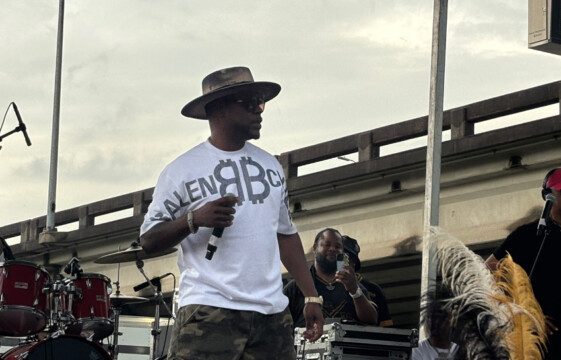
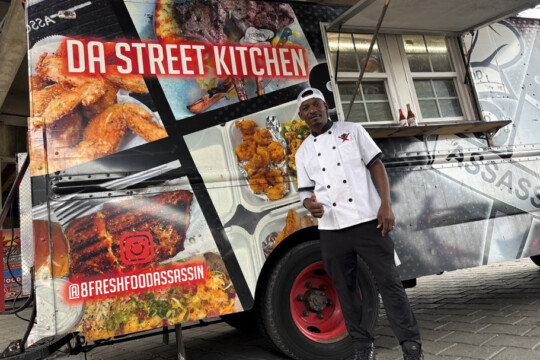
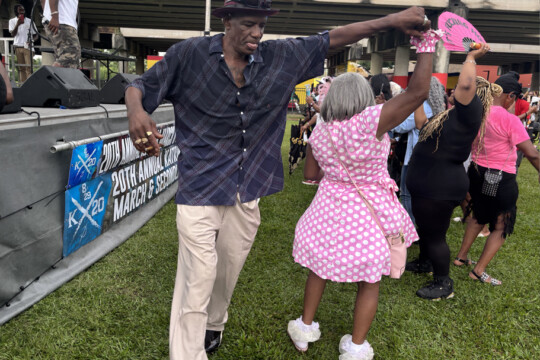


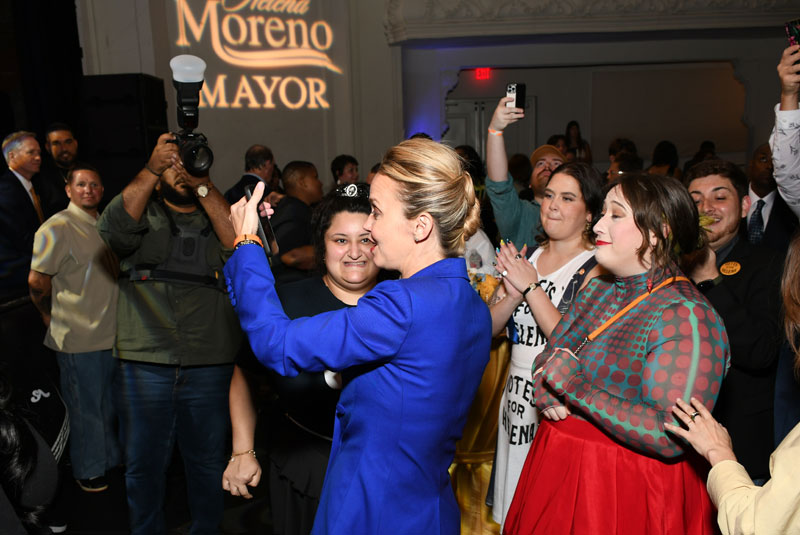

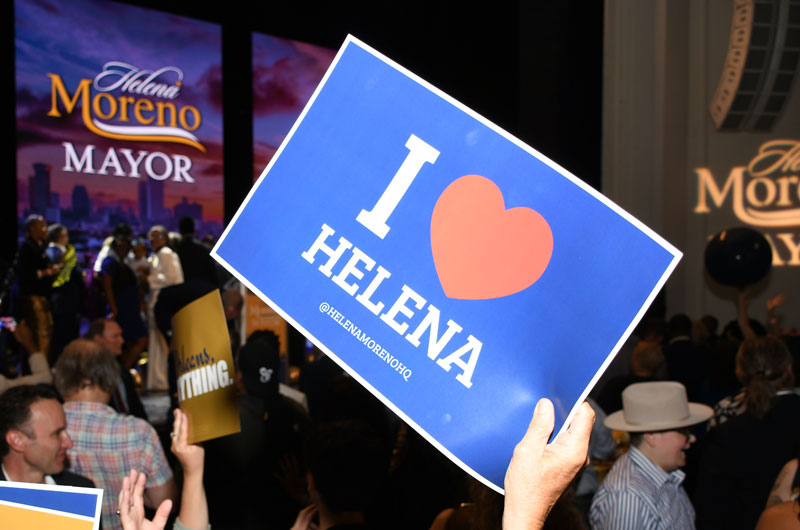
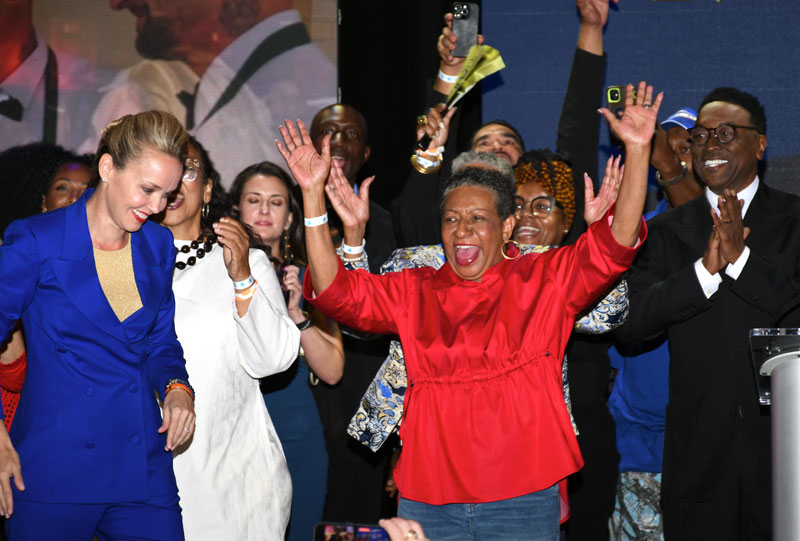
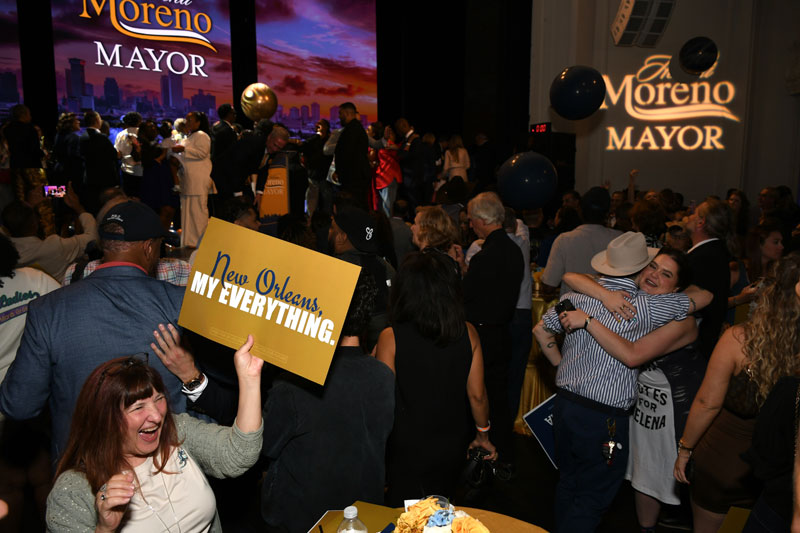
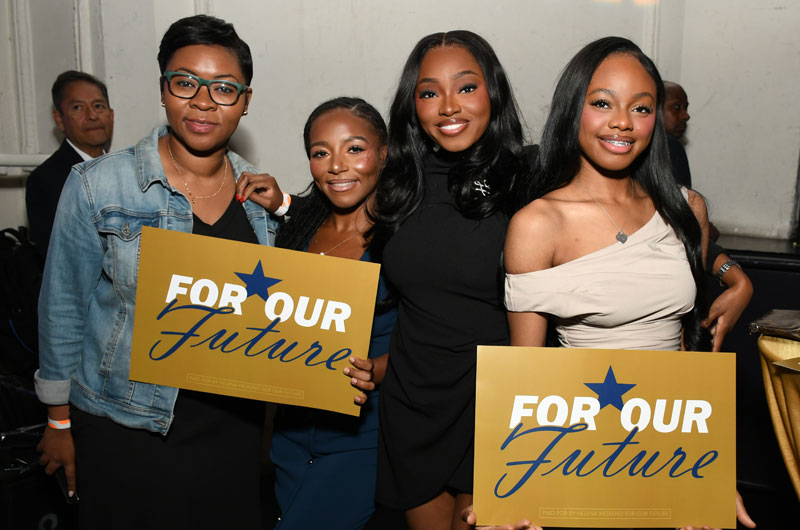




Be the first to comment